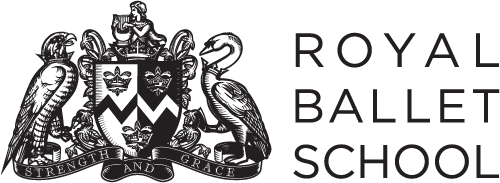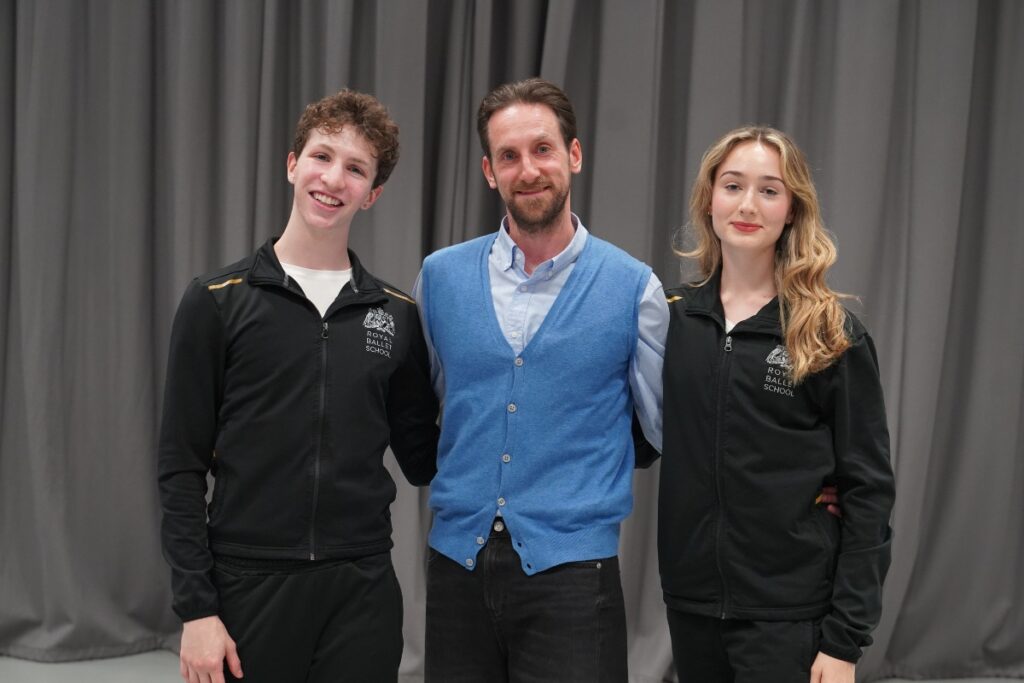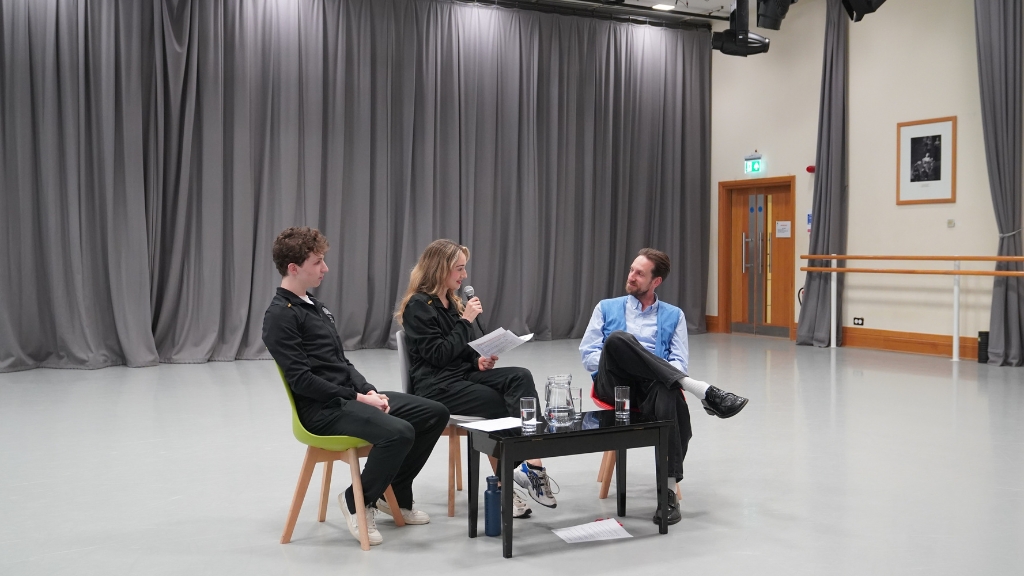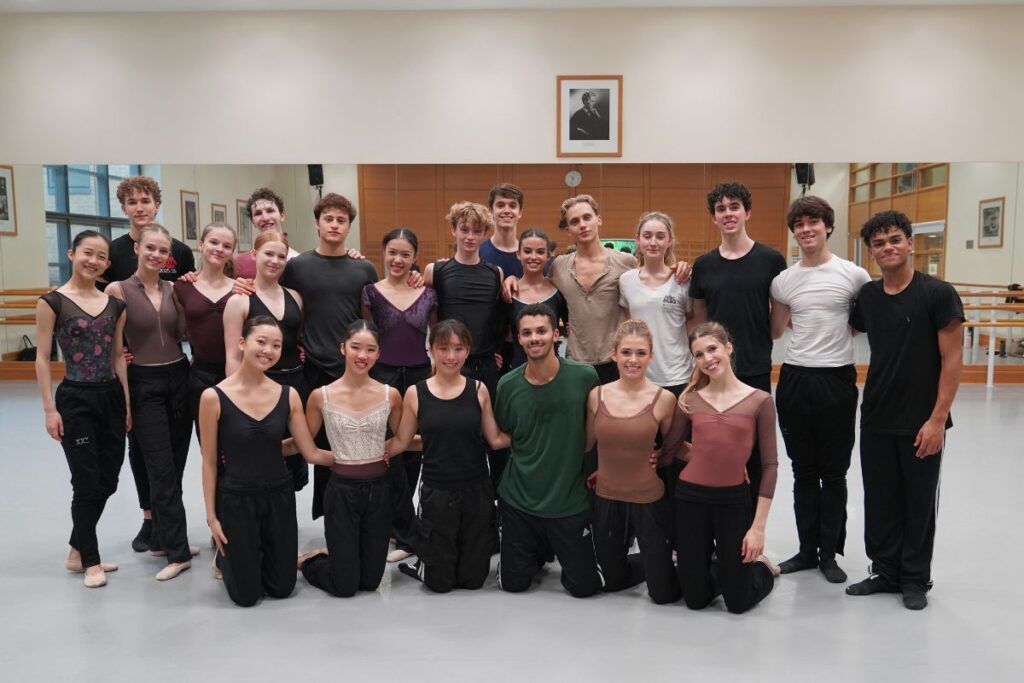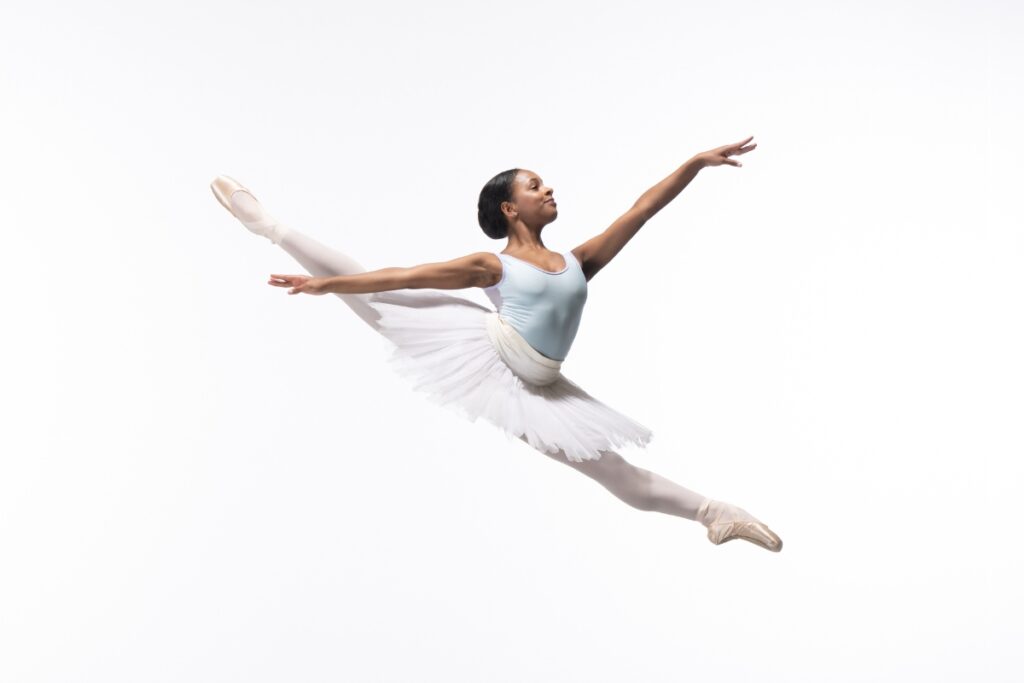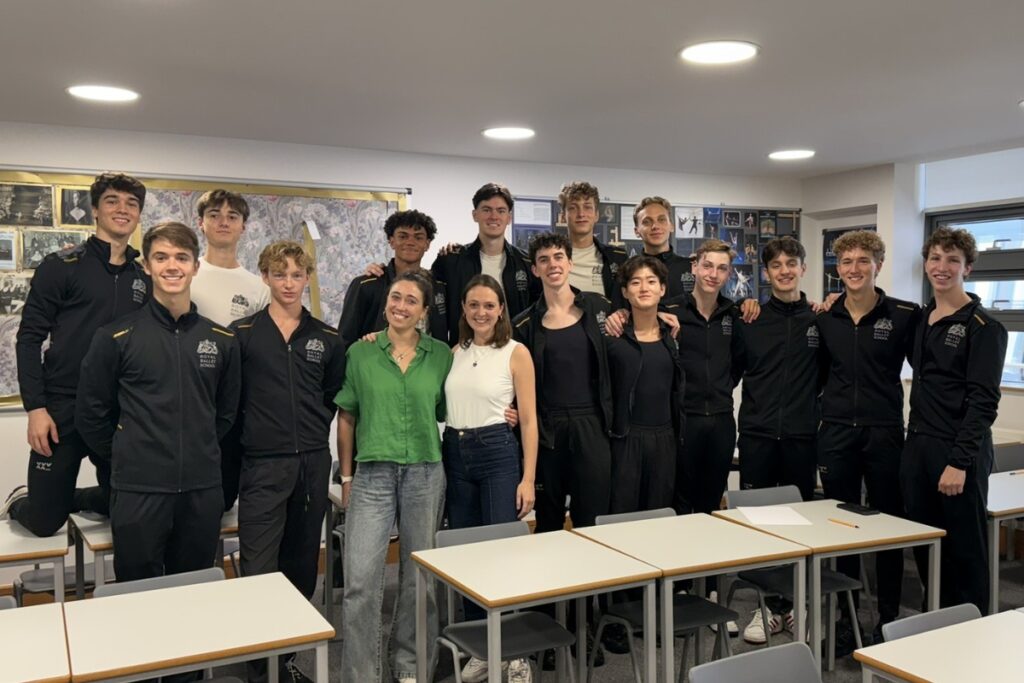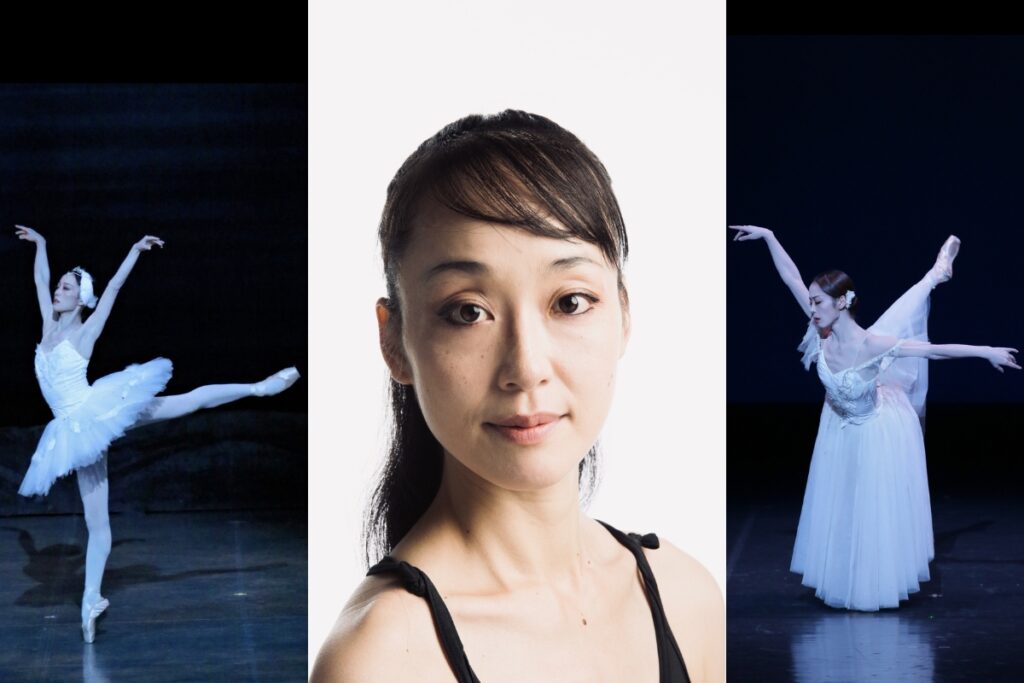‘The fact that I’m here is because I was there.’ Creative Artist Talk with alum Jonathan Watkins
We welcomed award-winning choreographer and director Jonathan Watkins back to The Royal Ballet School for an insightful and entertaining Creative Artist Talk on 9 October 2025. Jonathan joined The Royal Ballet School aged 12, where his choreographic journey began. He won the School’s Kenneth MacMillian Emerging Choreographer competition at age 16 and went on to create work at the Opera House for the Clore Studio and Linbury Theatre.
Jonathan danced with The Royal Ballet from 2003-13 before shifting focus to choreography and directing. His latest work, A Single Man, was on the Linbury stage last month, co-produced by The Royal Ballet and Manchester International Festival. Additionally, he recently launched Ballet Queer, the UK’s first LGBTQ+ ballet company, to showcase authentic queer stories and performers.
Hosted by Pre-professional students Julian and Layla, Jonathan shared anecdotes from his early dancing years, advice on pursuing and building a choreographic reputation, and encouragement for students feeling daunted by next steps after graduation.
From carpet to Company: Jonathan’s choreographic journey
Jonathan reflected on the early days of dancing in his carpeted childhood living room and receiving praise from amused onlookers who suggested he try ballet classes at a local studio. ‘It was that freedom of moving to music that I just loved,’ he recalled. He even caught the eye of a talent agent while dancing at a wedding, who asked his parents if he wanted representation and a spot on the TV show Children’s Ward. ‘I decided to go on holiday to Greece instead,’ he said to a laughing audience. ‘I don’t regret it.’
After a few more years of dancing around the house, he eventually entered Year 8 at White Lodge and started channeling his creative energy into choreography. During the annual Kenneth MacMillan Emerging Choreographer event, then a competition, he recalled that his first piece was not selected for the stage since it was ‘too jazzy.’ ‘I like telling that story,’ he said with a chuckle. ‘And it’s not a competition anymore? Good. Because how do you judge an apple by an orange?’
His second choreographic submission led to success not just at the School but also in his professional career:
I read 1984 when I was 15 at White Lodge, and I really identified with the idea of individuality and how that’s suppressed. I made a piece about it at White Lodge called Suppressed Expressions that won the Kenneth MacMillan Award, so the seed of it was planted there. A lot of my ideas take ages, which is not always incredible, but the things that I am the most passionate about take the longest time.
In 2015, he choreographed an evening-length ballet, 1984, for Northern Ballet which won the South Bank Sky Arts Award for Best Dance Production, still exploring the themes that first inspired him in his youth.
Career transition and forming individual identity
Jonathan recalled his decade dancing in the Company fondly, noting that working with Dame Monica Mason, Artistic Director of the Company from 2002-2012, and Resident Choreographer Sir Wayne McGregor were invaluable in shaping his performance and choreographic career.
I was really fortunate to be plucked out as a First Artist when Wayne chose me to be in the original cast of Chroma. That was an amazing time, to be trusted and have someone again, not like the agent at the wedding, but the choreographer to the dancer saying, ‘I think you have what it takes to be in my work.’ It felt like a brilliant time at that point in my career as a dancer.
I think I was trying to get that boy-on-the-carpet feeling within the classical form, and it was in Wayne’s work and in Sinfonietta by Jiří Kylián, leaping about the stage and feeling free. It was in Benvolio in Romeo and Juliet, where you can bring your instincts, creativity and acting to what you think the response should be.
On his decision to leave the Company and pursue a freelance choreography career, Jonathan discussed his desire to form his own identity beyond that of the Company.
I spent two years doing lots of choreography then coming back and having to do Cavaliers in Sleeping Beauty, slamming out a tour en lair and doing classical roles. You can only do that for so long. It was really a culmination of feeling like I want to go out there, stand on my own and be Jonathan Watkins: choreography director, not Jonathan Watkins: The Royal Ballet. I really needed to go out there in the world. I learned a lot from The Royal Ballet, but I didn’t want to dance anymore because I wanted to put my full energy into choreography.
Looking back, I knew I needed to go, but at the time, it was a battle of thinking, ‘Is this right, stepping away from security and a good career?’ But I just knew. Everyone said, ‘Oh you’re brave, what a risk,’ but it is not much of a risk when you know it’s what you’re meant to do.
He said that while leaving the security and reputation of the Company was a risk, he believed in his work and prepared as much as he could ahead of time in a way that reminded him of his time as a Pre-professional student.
‘It wasn’t like jumping without a net. It was jumping because there were commissions, and I believed in myself enough to just go for it. But it was so scary, a bit like being in Pre-professional Year when you think ‘What’s going to happen? Where are we going to go? What job are we going to get? That is real, and I feel you. What I would say to that is where you end up is right for you. You’re not going to know it now, but it will just become right. I had people in my year who didn’t get jobs that they thought they were going to get, but then they absolutely thrived more than they thought they would. It’s a difficult time, but try to bottle up the excitement of not knowing. You’re going to land something brilliant because you’re in a brilliant place and are all really talented.’
Choreographic process and collaboration
Jonathan also discussed the process of collaborating with other dancers and artists, like for his newest work, A Single Man:
I do loads of talking about my ideas and making sure that everyone is on the same page. Then, I leave those people to do what they are amazing at. For example, the set for A Single Man is by Kiara Stevenson. She comes from a music background, but she has also done a lot of theatre and storytelling in that setting. I approached her because I’d seen her work with artists whose gigs were massive spectacles, and I wanted someone who could bring all of that but could also do the storytelling.
I’m working with amazing people with amazing instincts. Like, how many stories has Edward Watson (School alum and former Principal with The Royal Ballet) done on stage? He has an acting instinct, so you want to draw on all of that and collaborate in terms of how that comes across.
We also had two complete casts, which, for me as a viewer, was really cool because they are doing it differently, and I don’t need to replicate that because you are bringing ‘you’ into this performance, this live theatrical event.
When asked about how students can start building their choreographic voices, he replied:
Do it as much as you can, even if it’s choreographing on yourself to a bit of music you love. I always say to young choreographers that it’s all about those opportunities to use the craft and the tools you have. You can learn about choreography, but choreographing is more about being confident in your own responses and choices. There isn’t a right or wrong.
Do it and flex that muscle. Don’t be put in a box. If you want to do a song, if you want to do a painting with a choreographer, whatever you want to do – there are so many different ways to choreograph, and it’s never going to be too jazzy!
You can do what you want in your own time, and you don’t even have to share it. There is a luxury in being unknown and doing what you feel is good and not offering it up for critique. Owning it is part of it.
He emphasised that a career as a freelance choreographer brings exciting freedom in choosing your work but also requires constant self-advocacy.
Even after successes, you’re still trying to pitch your work and convince people that your idea is worth presenting and producing. I have an idea: what does it look like in the beginning stages, and how can I communicate that idea to someone enough for them to see it? That is building on reputation. I have a bit more of a reputation now than when I was starting out, but let’s look at the rules of the game. The rules of the game state that I was in The Royal Ballet, which is cachet, it is identity. So, I could lift off that platform and say, ‘I’ve created for The Royal Ballet, let me do it for you.
Community building through choreography
Now, Jonathan has his own company, Ballet Queer, which provides a platform for LGBTQ+ choreographic voices that he hopes will grow beyond his own career.
My company, Ballet Queer, is a project-based company, so we don’t employ dancers all year round, partly because of funding and because I didn’t really want to do that. I wanted it to be a project-based company so we could do different scale projects that freelance dancers and artists can engage with.
I started my company two years ago to grow beyond me. I’m the founder, but the ambition is for it to be for other choreographers and other voices. Different projects call for different things, so I wanted to do something for the LGBTQ+ and ballet community who want to engage with the art form in a different way. We’re not reviving old stories; we’re telling new stories based on our own experiences. It’s not anti-ballet – it’s additional and asking questions.
Yes, it has an LBGTQ+ focus, but what we find is it’s also about who you are and how you can be injected into this art form, whoever you are. There is a queer lens to it, but it is also about empowering the individual, whether you want to engage with ballet and you haven’t had eight years of intense training, or you have had that training and you want to evolve and be free of the parameters of what ballet is.
Reflections on his career and advice to students
When asked about what would have surprised him as a student to know about his future career, Jonathan said:
The fact that I’m here (points at his chair in the spotlight) is because I was there (gestures to the students sitting in the Linden Studio audience). So, to my younger self, I didn’t know when I sat there what was ahead of me. Even when I got my contract with The Royal Ballet, I didn’t know what was ahead. I didn’t know Wayne would suddenly be on the scene – he wasn’t when I joined – or that he would come in and choose me and that I’d get to do his work. I didn’t know that Dame Monica Mason would be interested in choreography.
All of that you can’t see as a student. I know it’s so annoying, but you just have to be in the moment, to trust and believe that you have everything in you to progress and thrive. That ‘no’ is leading you to a place where you are going to thrive even more.
If you know what’s happening and what’s coming, then it takes the magic away from it. What I would say is you might think you know what you want, but sometimes, when you get it, it isn’t what you thought it would be.
